Course Description: The History of New Thought and Unity explores the origin and development of the ideas, beliefs and practices that characterize the New Thought movement. Particular attention is placed on the history and development of Unity.
Course Learning Objectives: By the end of the course learners will be able to:
- Explain New Thought and demonstrate how it is similar to and different from more traditional views of spirituality (The theology of New Thought and Metaphysical Religion, compared to Evangelical and Mainstream Christianity ).
- Identify some of the key people and major events in the development of both the New Thought and Unity spiritual movements (The History of New Thought).
- Summarize the history of Unity School of Christianity and its ministries of prayer, publishing and education (The History of the Unity movement).
Required Text/Readings
The thee learning objectives will be explored by use of three online, multi-media resources:
Required Reading/Listening:
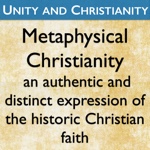
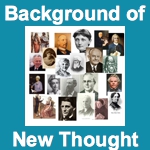
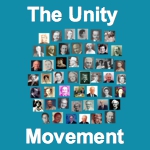
Supporting Resources:
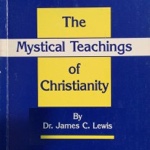


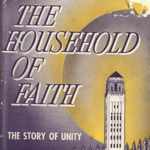

These are free resources (yes, this means you do not need to buy any books for this course as long as you have Internet access with a computer that can play audio and video).
Three books are recommended for those who wish to study the material in greater depth:
- Moncrieff, April. The Principles of New Thought: Tracing Spiritual Truth from The Source to The Soul. Camarillo, CA: DeVorss Publications, 2013. An concise and excellent treatment of the theology of New Thought.
- Albanese, Catherine L. A Republic of Mind and Spirit: A Cultural History of American Metaphysical Religion. New Haven: Yale University Press, 2007.
- Vahle, Neal. The Unity Movement: Its Evolution and Spiritual Teachings. Philadelphia, PA: Templeton Press, 2002.
Other resources:
-
Shepherd, Thomas. Friends in High Places. Unity Village, MO: Unity Books, 1985.












